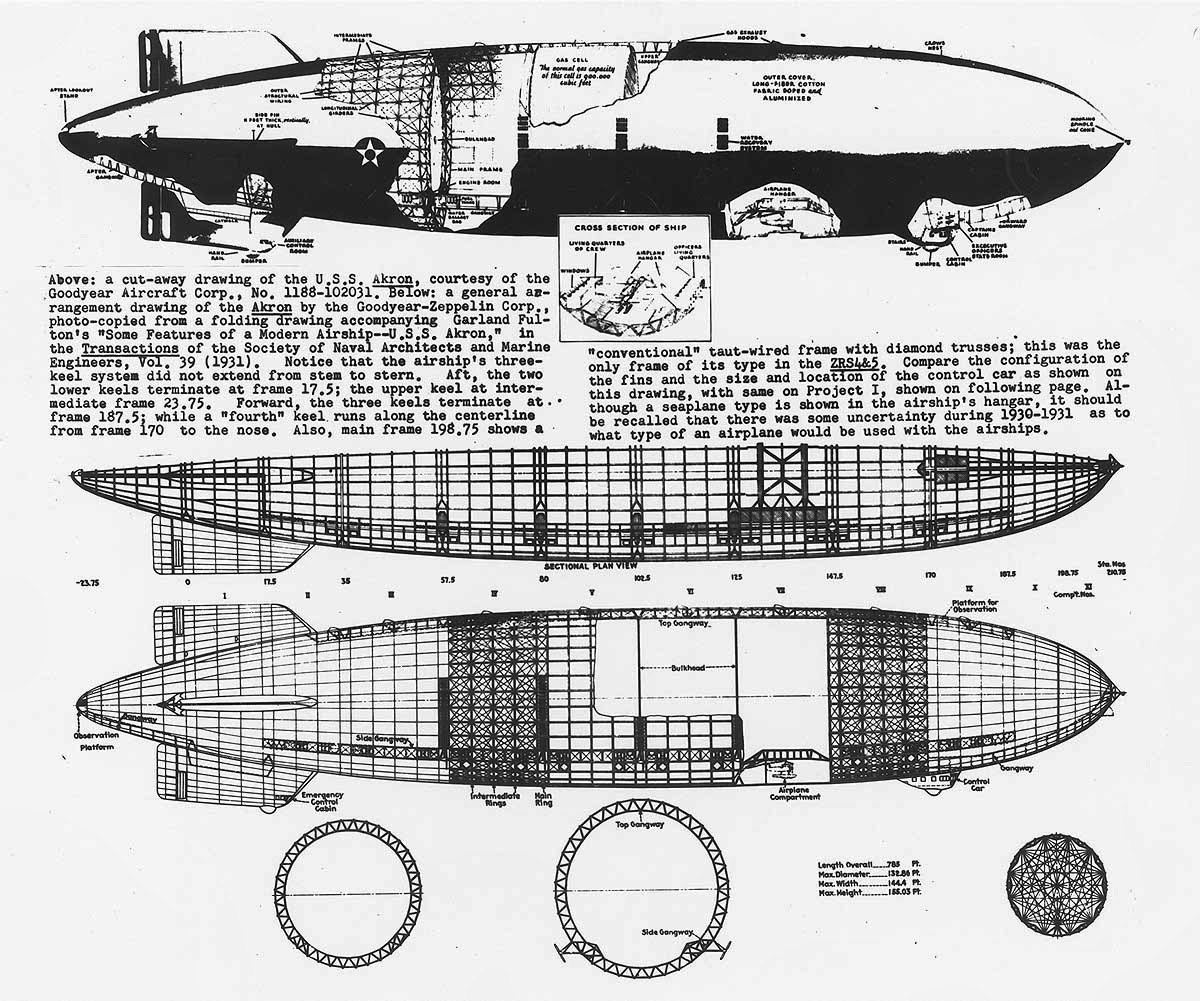A fallen dream: the end of commercial airships~part 2
Large
passenger airships, despite their ignomius fall from favor, had started
promisingly. Despite the common image of the Hindenburg single handedly causing
the demise of big rigids, their type of transportation had been delicately
balanced between failure and success ever since the British R101 first flew in
1929. Going back several years to 1925, Lord Thomson, the British Minister of
Air, proposed the Imperial Airship Scheme, a plan to connect the far flung
colonies of the “empire on which the sun never set”, with regular, reliable,
and expedient airship service. Accordingly, facilities were built in St.
Hubert’s Canada, and Karachi, India, with a planned site in Australia being
considered. The plan was both farsighted and brilliant, perhaps too much for its
own good. Two experimental ships were ordered to serve as a large test as to
whether the Scheme was feasible. The first ship, the R-100, was to be built by
private companies and was quickly named “The Capitalist Ship” by the general
public, and the second, the R-101, was contracted to the government’s Royal
Airship Works thus earning the name “The Socialist Ship”.
From the very start, the public saw the R-101
as the more impressive of the two ships. Every month or so, a newsreel would
come out praising whatever new technology had been incorporated into the ship.
With that publicity and an agency so concerned about their public image came
trouble. The design team suddenly found it difficult to remove a piece of
equipment that had been paid for by public taxes; thus, failed machinery stayed
onboard the ship, and, as a direct factor, made it dangerously overweight.
The
R-100 on the other hand faired much better even though it was further from the
public eye. Designed primarily by Barnes Wallis, the R-100 was The ship was
designed to fly on the Transat route and, on July 29th, 1930; it
departed for the mooring mast in St. Hubert with a full contingent of
reporters. The flight was as well received as it was stunning: Before departing
back to Cardington, the R-100 and its passengers were serenaded by
Mary Bolduc’s “toujours L ‘R100” *a song commemorating (or rather to poke fun
at) the R-100’s flight, inundated with lapel pins praising the “Gallant R-100”,
and treated to a 24 hour flight to Ottawa. Upon the start of the return trip
passengers had breakfast in an ornate and distinctly British atmosphere over
Niagara Falls, lunch was served over Toronto, and dinner above the white caps
of the Atlantic. The ship arrived safely at Cardington twenty-two days later.
It would never fly again.
* Madame Bolduc's song commemorating the R-100 can be heard here: http://www.youtube.com/watch?v=H_unQjYP8pI
Cheers,
H e n d r i c k


Comments
Post a Comment